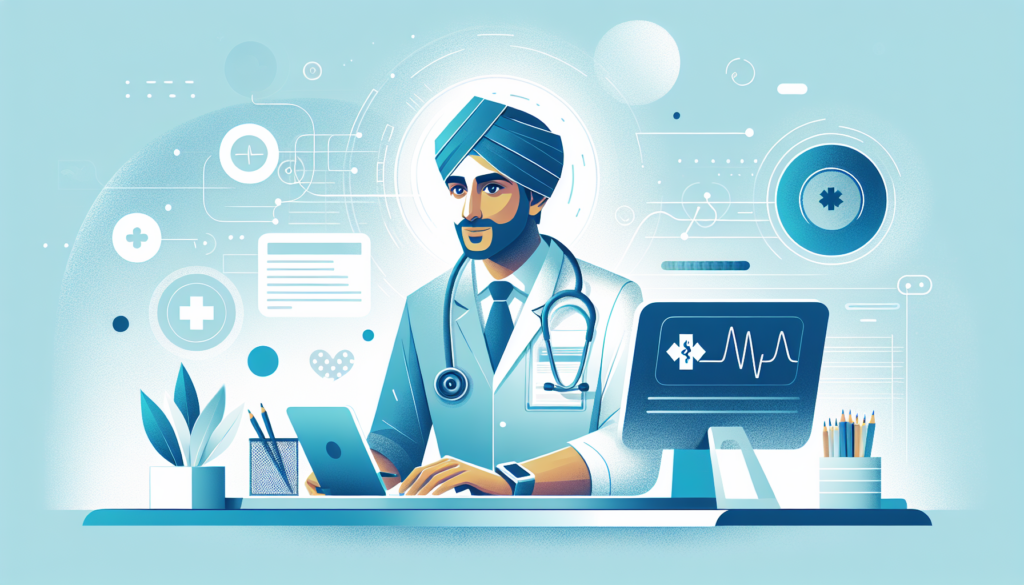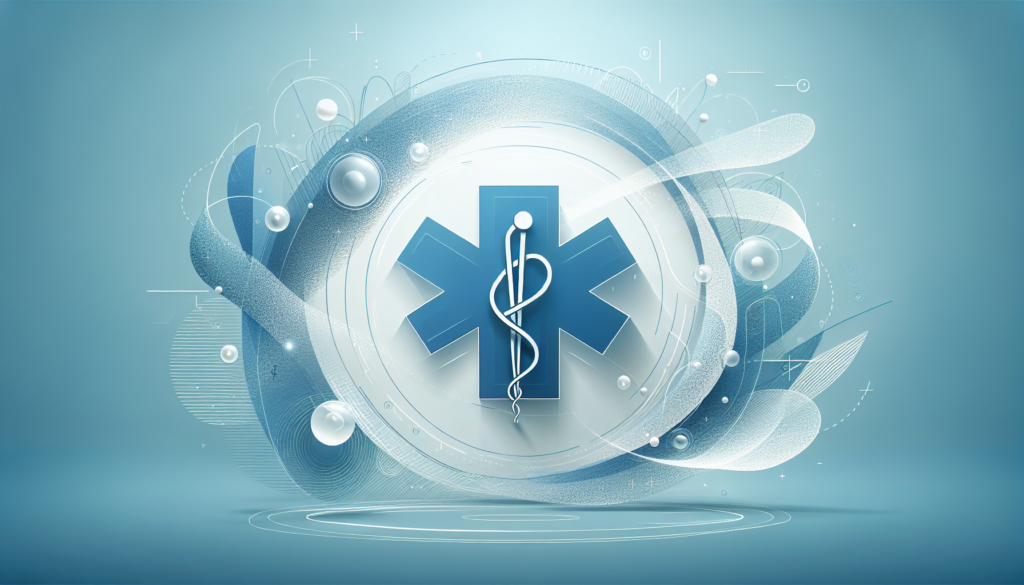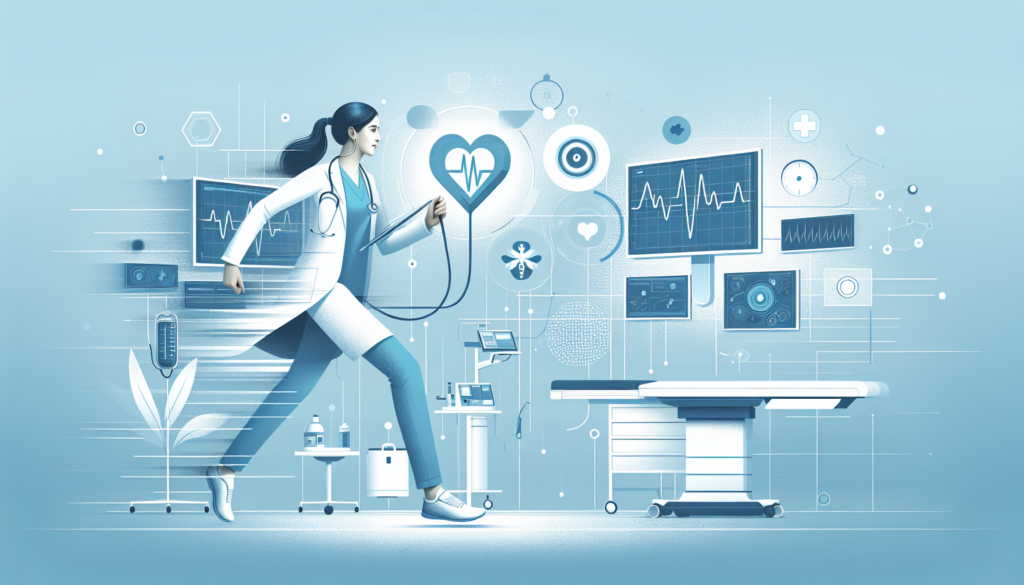Understanding Nursing Terminology: A Comprehensive Guide
Nursing terminology forms the foundational language of the healthcare environment, enabling clear and precise communication among medical professionals, particularly nurses, who often serve as the frontline communicators in patient care. As such, it is critical for nurses, nursing students, and those engaged in healthcare to have a firm grasp of nursing vocabulary. This encompasses a broad spectrum of terms, including abbreviations, disease descriptors, medication names, and procedural language. Understanding these terms not only contributes to more effective patient care but also enhances collaboration within multidisciplinary teams. It’s a language that evolves with advancements in medicine, thus requiring continual learning and adaptation.
At the heart of nursing terminology is the need for accuracy and clarity, which minimizes the likelihood of errors in patient treatment and fosters a streamlined workflow. This language encompasses several categories. The first is clinical terms, which nurses use to describe symptoms, diagnoses, and outcomes. Another category includes pharmacological vocabulary, integral for administering medications. In addition, nurses must familiarize themselves with anatomical references to accurately record patient assessments and convey information to other healthcare professionals. Here are some overarching categories of nursing terminology:
– **Clinical Terminology**: Symptoms, treatments, and patient care strategies.
– **Pharmacological Terms**: Names of medications, dosages, and administration routes.
– **Anatomical and Physiological Terms**: Body systems, organs, and their functions.
– **Standard Abbreviations**: Commonly used shortcuts for efficiency and standardization.
The use of standardized nursing language (SNL) is another critical component in healthcare communication. SNLs such as NANDA-I, NIC, and NOC are used to define and communicate patient care. For example, the North American Nursing Diagnosis Association International (NANDA-I) provides standardized diagnosis terminology, while the Nursing Interventions Classification (NIC) and Nursing Outcomes Classification (NOC) offer a structured language for interventions and outcomes. Understanding and employing these standardized languages aids in creating consistent documentation that is intelligible to all clinical staff, thus improving patient care outcomes and healthcare delivery.
It’s also worth noting that within nursing terminology, there’s a significant focus on terms related to patient safety and ethics. Nurses must be well-versed in the language of informed consent, confidentiality, and advanced directives to uphold the high ethical standards expected in healthcare. As nursing staff frequently communicate with patients about their care, comprehension of these terms is key to explaining procedures, handling sensitive information, and ensuring patient autonomy. Nursing is about bridging the gap between the clinical and personal aspects of patient care, and the effective use of nursing terminology is a pivotal part of that connection.
Highlighted categories of nursing terminology concerning patient safety and ethics include:
– **Ethical Terms**: Consent, autonomy, confidentiality.
– **Safety Language**: Terms related to error prevention and clinical safety protocols.
– **Patient Advocacy Language**: Terms that define the nurse’s role in upholding patient rights and preferences.
The understanding and correct application of nursing terminology, therefore, stands as an inseparable part of the nursing profession, highlighting the importance of a comprehensive guide that supports medical professionals in their vital role of patient care.
Nursing Terminology List: Key Terms Every Nurse Should Know
Within the dynamic and multifaceted field of healthcare, nursing professionals must navigate a complex landscape of terminology that is vital for patient care, communication with peers, and adherence to medical protocols. The lexicon encompasses a vast assortment of phrases and abbreviations that are part and parcel of the nursing practice. A comprehensive understanding of key nursing terms is not just an academic exercise; it is an indispensable part of providing safe and effective care. As nursing students morph into seasoned practitioners, their fluency in this specialized vernacular is a testament to their expertise and dedication to their vocation.
The nursing terminology list serves as the backbone for sharp, precise communication within the healthcare setting. From documenting patient interactions to deciphering physician instructions and collaborating with other healthcare professionals, the clarity that comes with a robust grasp of this jargon is invaluable. It allows for the seamless coordination of care and aids in avoiding misunderstandings that could lead to adverse outcomes. Terms such as ADL (Activities of Daily Living), PRN (as needed), SBAR (Situation-Background-Assessment-Recommendation), and STAT (immediately) are just a tiny snapshot of the veritable lexicon that nurses master over time.
Moreover, this terminology extends beyond mere phrases to include acronyms and concepts that inform the entire healthcare process. For instance:
– SOAP (Subjective, Objective, Assessment, Plan): This is a method of organizing patient information and documentation that is critical for clear communication among the healthcare team.
– QID (four times a day), TID (three times a day), and BID (twice a day): These denote prescription instructions which ensure that medications are administered at the correct intervals.
– HEENT (Head, Eyes, Ears, Nose, Throat) and ROM (Range of Motion): These are assessments that nurses conduct as part of regular patient evaluations.
Grasping the language of nursing is a journey that every nurse embarks on from the onset of their education and continues throughout their practice. The myriad of terms, while initially daunting, become second nature with time and experience. Nurses are thus enabled to deliver not just succinct and error-free information but also the highest standard of care which every patient deserves. With the push towards digitization, applications like Scribemd.ai become instrumental by aiding medical professionals in automating the process of medical note-taking and understanding such complex terminology, thereby streamlining the workflow and allowing nurses to devote more time to their primary responsibility – patient care.
| Key Takeaways |
|---|
| Proficiency in nursing terminology is essential for clear communication and effective patient care. |
| Understanding and using key terms, phrases, and acronyms are crucial for accurate documentation and collaboration among healthcare professionals. |
| Nursing terminology is a fundamental part of a nurse’s training and continuous professional development. |
| Technology like Scribemd.ai supports nursing professionals by facilitating the understanding and use of medical terminology in documentation. |
Enhancing Communication in Healthcare: The Importance of Nursing Terminology
Nursing terminology serves as the linchpin for clear communication within the healthcare system. It is the specialized vocabulary that nurses use to describe the care, conditions, and processes pertaining to patient treatment. A standardized nursing language enables nurses to communicate accurately and efficiently with other healthcare professionals, ensuring a coherent patient care journey from admission to discharge. In essence, it not only facilitates interaction among nurses but also with doctors, specialists, and support staff, becoming a critical component in providing holistic care to patients.
The implementation and understanding of precise nursing terminology circumvent confusion that can arise from colloquial language or regional slang. Consistency in language can be especially beneficial in transdisciplinary environments where various specialists collaborate for patient care. Here’s how nursing terminology enhances communication:
- Standardization: Provides a common language to avoid ambiguity.
- Accuracy: Ensures precise information is conveyed regarding patient status and care procedures.
- Efficiency: Reduces the time required to explain or clarify, leading to quicker decision-making.
- Documentation: Aids in the proper record-keeping, which is essential for patient history and legal compliance.
Moreover, beyond intra-team dialogues, nursing terminology is pivotal for patient engagement and education. Nurses play a crucial role in breaking down complex medical jargon to patients and their families, bridging the gap between specialized healthcare knowledge and patient understanding. This aspect of communication helps in building trust, empowering patients with information about their health, and involving them in the decision-making process. As such, the mastery of nursing terminology directly correlates with improved patient outcomes and satisfaction levels.
The utilization of standardized nursing terminology aligns perfectly with technological advancements in healthcare, such as AI-powered digital scribe services. Tools that integrate these terminologies can streamline the process of medical note-taking, translating spoken dialogue into precise and accessible medical records. The integration of robust nursing language frameworks within digital scribe technology ensures that nuanced healthcare communication is not lost in translation, but rather, is captured faithfully to support the entirety of patient care management.
Using Scribemd.ai to Master Nursing Terms
In the dynamic field of nursing, where the pressure is always on and the terms are plenty, mastering nursing vocabulary is crucial. This is where Scribemd.ai shines as an indispensable tool for nurses and nursing students alike. With its ability to automate the process of medical note-taking, Scribemd.ai not only transcribes spoken words but also helps users become familiar with medical terminologies through repetitive exposure. As nurses articulate patient symptoms, Scribemd.ai captures the jargon, translating spoken language into the precise terms needed for accurate medical documentation.
One of the significant advantages of Scribemd.ai is its comprehensive database that encompasses a vast array of nursing terms. Whether it’s correctly chronicling the details of a patient’s anamnesis or recognizing the minutiae of pharmacological substances, Scribemd.ai is designed to understand and incorporate specialized nursing terminology. This feature benefits nurses not only in their daily tasks but also as an educational mechanism—regular use of Scribemd.ai aids in reinforcing their professional vocabulary.
- Interactive Learning: Engage with the AI as a learning partner to better comprehend complex medical terms.
- Constant Reinforcement: Familiarize and reinforce nursing terminology through the natural process of digital transcription.
- Terminology Database: Access a robust repository of nursing terms to improve accuracy in documentation.
For nursing students and novice nurses, becoming acquainted with medical jargon can be particularly daunting. Scribemd.ai helps to bridge the knowledge gap by providing a real-time learning experience. Through voice-recognition software calibrated for the healthcare environment, students can practice by vocalizing case studies and patient scenarios, and receive immediate transcription. This instant visual feedback allows them to verify their understanding of terms and correct any misconceptions, thus enhancing clinical communication skills. As nursing professionals become more confident in their medical vocabularies, they can deliver better patient care, grounded in clear and precise language.
Lastly, frequent interactions with Scribemd.ai lead to increased accuracy over time. The platform’s AI algorithms continually learn from user inputs, meaning that the more nurses use it, the more customized and responsive it becomes, effectively tailoring the experience to the user’s specific language patterns. Leveraging Scribemd.ai’s capabilities in this way transforms simple note-taking into an opportunity for ongoing education, securing its role as a valuable asset in a nurse’s professional toolkit for mastering intricate medical lexicon.
| Key Features | Benefits |
|---|---|
| Automated Transcription | Enhances vocabulary retentiveness |
| Comprehensive Terminology Database | Improves accuracy in medical documentation |
| Interactive and Real-Time Feedback | Promotes continual learning and communication skills |
| AI-Powered Learning | Customizes user experience for more efficient learning |
Common Nursing Abbreviations and Acronyms Decoded
Within the bustling corridors of healthcare facilities, nursing abbreviations and acronyms form a critical component of the swift and effective communication necessary to ensure prompt patient care. These shorthand notations enable nurses to swiftly document patient data, communicate statuses, and understand physician’s instructions without superfluous language. Grasping the meaning behind common abbreviations is not only a skill that bolsters efficiency but also serves as a safeguard against misinterpretation, which could have dire consequences for patient safety. Owing to the prolific use of these shorthand terms, it’s crucial for both novice and seasoned medical professionals to stay abreast of the frequently updated lexicon.
Acronyms such as ADL for Activities of Daily Living, NPO meaning “nil per os” or nothing by mouth, and PRN for “pro re nata”, indicating medication to be given as needed, are woven into the fabric of nursing notes, charts, and prescriptions. Other common abbreviations include BID (twice a day), TID (three times a day), and QID (four times a day), denoting the frequency of medication dosages. For nurses, the utility of these abbreviations extends beyond mere shorthand; they encapsulate vital treatment schedules, patient conditions, and care priorities in an efficient language that is at once concise and rich with meaning.
- ADL: Activities of Daily Living
- NPO: Nothing by mouth
- PRN: As needed
- BID: Twice a day
- TID: Three times a day
- QID: Four times a day
Despite the universality of some abbreviations, there remains variability across different healthcare facilities and geographical regions. It’s imperative for clinical staff to be aware of their own institution’s policies regarding abbreviation use to prevent misunderstandings. Moreover, with the integration of AI-powered digital scribes such as ScribeMD, there is a continuous evolution in how medical documentation is produced and interpreted. These advanced systems are designed to understand and transcribe standardized nursing abbreviations accurately, yet they also help maintain the clarity of medical records by converting these terms into their full-form counterpart when needed. This serves the dual purpose of retaining the efficacy of shorthand while ensuring the legibility of patient records for varied audiences.
The integration of AI solutions in healthcare documentation also pushes for the standardization of abbreviations, as consistent use across platforms improves the machine learning models’ ability to predict and transcribe effectively. Consequently, the consistent interpretation of abbreviations like DOB for Date of Birth and SOB for Shortness of Breath is paramount for these language learning models to perform optimally. As technology advances, the synergy between human healthcare providers and digital transcription tools like ScribeMD becomes increasingly critical, solidifying the need for a standardized nursing language.
- DOB: Date of Birth
- SOB: Shortness of Breath
Key Takeaways:
| Abbreviation | Meaning |
|---|---|
| ADL | Activities of Daily Living |
| NPO | Nothing by mouth |
| PRN | As needed |
| BID | Twice a day |
| TID | Three times a day |
| QID | Four times a day |
| DOB | Date of Birth |
| SOB | Shortness of Breath |



